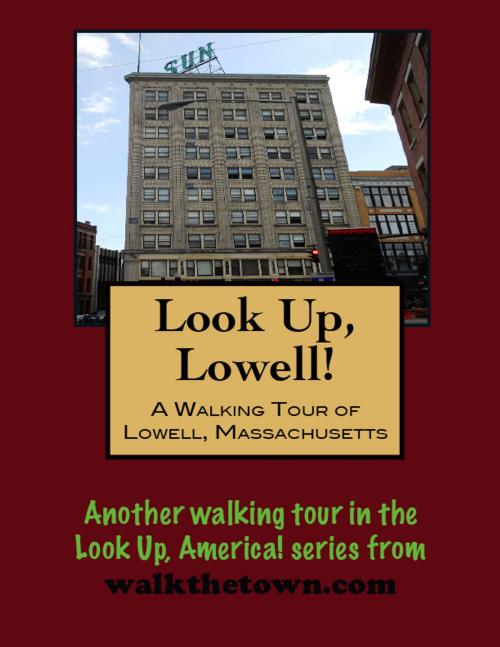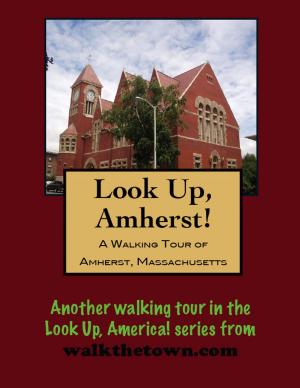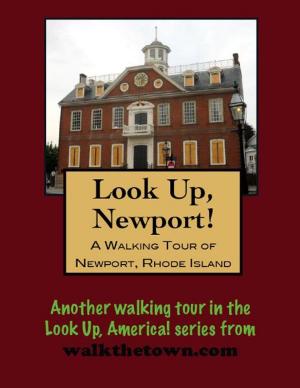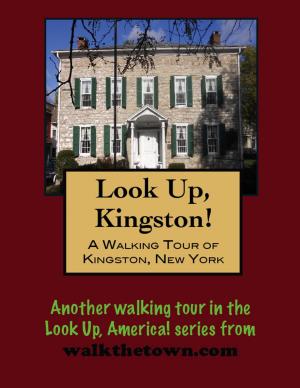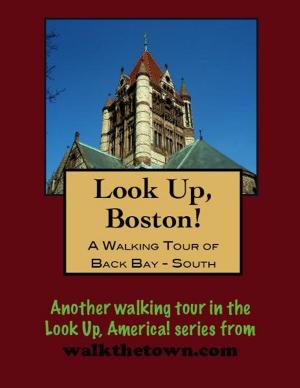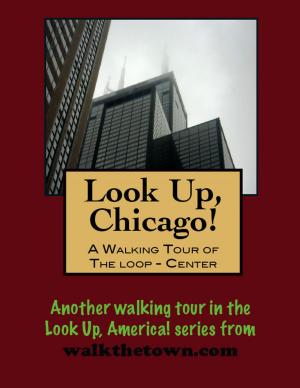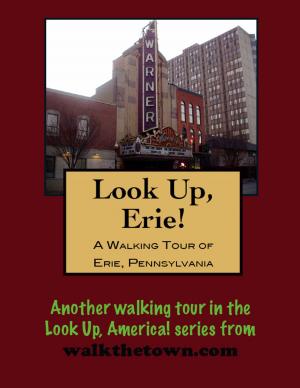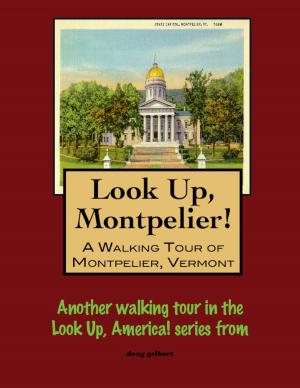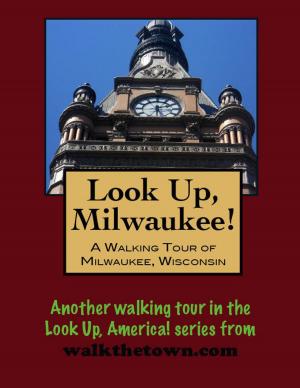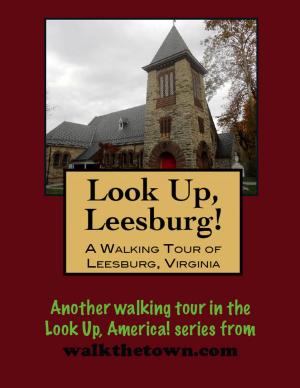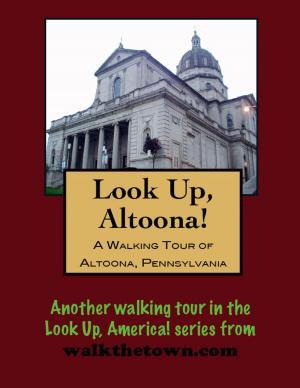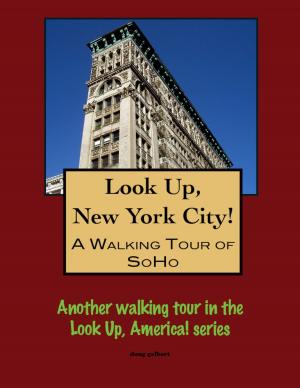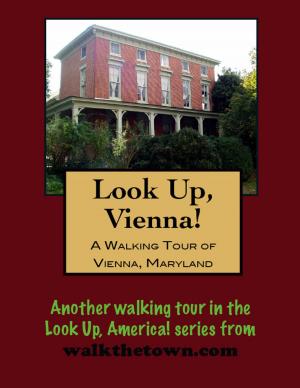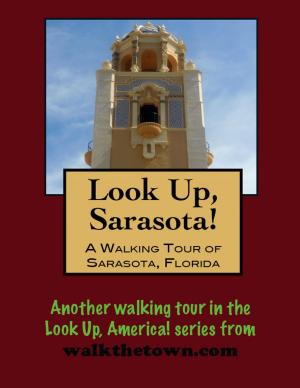| Author: | Doug Gelbert | ISBN: | 9781458125125 |
| Publisher: | Doug Gelbert | Publication: | February 15, 2011 |
| Imprint: | Smashwords Edition | Language: | English |
| Author: | Doug Gelbert |
| ISBN: | 9781458125125 |
| Publisher: | Doug Gelbert |
| Publication: | February 15, 2011 |
| Imprint: | Smashwords Edition |
| Language: | English |
There is no better way to see America than on foot. And there is no better way to appreciate what you are looking at than with a walking tour. Whether you are preparing for a road trip or just out to look at your own town in a new way, a downloadable walking tour is ready to explore when you are.
Each walking tour describes historical and architectural landmarks and provides pictures to help out when those pesky street addresses are missing. Every tour also includes a quick primer on identifying architectural styles seen on American streets.
Francis Cabot Lowell got the wheels spinning on the American cotton manufacturing industry spinning after studying British looms and introduced the first practical power loom in America. Looking to expand his operations, Lowell became interested in the spot where the energetic Merrimack River joined the languid waters of the Concord River. By the time his associates Tracy Jackson, Nathan Appleton and Paul Moody founded the Merrimack Manufacturing Company in 1822, Lowell had suffered an untimely death.
Founded as a company town, Lowell became the largest and most significant company town in America. Both men and women, girls actually, slept in corporation lodging houses, ate in company dining halls, shopped in company stores and when they died, were buried in company lots. In return, the workers were expected to report for work at five in the morning and work until seven at night. Women received from $2.25 to four dollars a week and the men about twice that. While the town boomed, working conditions were slow to keep up. The first “mill girls” strike took place in 1834.
As more and more industry established itself in Lowell through the 1800s the mills could no longer be staffed simply with girls from local farms and waves of immigrants descended on expanding factories dramatically changing the character of the city. First came the Irish and then the French-Canadians and eastern Europeans and workers from the Mediterranean countries. Each settled in enclaves around the city, enough Greeks moved here that Lowell was sometimes called “American Athens.”
Its more common nickname was “Spindle City” - the most important textile center in the world. By the 1850s Lowell was the largest industrial complex in the United States. By World War I the population was over 110,000 but the 100-year growth spurt was about to end with a thud. Textile manufacturing moved south so quickly that by 1931 only three major mills remained active and as many as one in three of Lowell workers was on relief or homeless.
Today the population is about the same as it was in Lowell’s heyday a century ago but the city is a vastly different place. Since 1975, over 350 historic structures have been rehabilitated downtown and in 1978 the Lowell National Historical Park was established to tell the story of the Industrial Revolution. We’ll see for ourselves what that make-over has wrought on a walking tour of the town that was built inside the bent elbow of the Merrimack River...
There is no better way to see America than on foot. And there is no better way to appreciate what you are looking at than with a walking tour. Whether you are preparing for a road trip or just out to look at your own town in a new way, a downloadable walking tour is ready to explore when you are.
Each walking tour describes historical and architectural landmarks and provides pictures to help out when those pesky street addresses are missing. Every tour also includes a quick primer on identifying architectural styles seen on American streets.
Francis Cabot Lowell got the wheels spinning on the American cotton manufacturing industry spinning after studying British looms and introduced the first practical power loom in America. Looking to expand his operations, Lowell became interested in the spot where the energetic Merrimack River joined the languid waters of the Concord River. By the time his associates Tracy Jackson, Nathan Appleton and Paul Moody founded the Merrimack Manufacturing Company in 1822, Lowell had suffered an untimely death.
Founded as a company town, Lowell became the largest and most significant company town in America. Both men and women, girls actually, slept in corporation lodging houses, ate in company dining halls, shopped in company stores and when they died, were buried in company lots. In return, the workers were expected to report for work at five in the morning and work until seven at night. Women received from $2.25 to four dollars a week and the men about twice that. While the town boomed, working conditions were slow to keep up. The first “mill girls” strike took place in 1834.
As more and more industry established itself in Lowell through the 1800s the mills could no longer be staffed simply with girls from local farms and waves of immigrants descended on expanding factories dramatically changing the character of the city. First came the Irish and then the French-Canadians and eastern Europeans and workers from the Mediterranean countries. Each settled in enclaves around the city, enough Greeks moved here that Lowell was sometimes called “American Athens.”
Its more common nickname was “Spindle City” - the most important textile center in the world. By the 1850s Lowell was the largest industrial complex in the United States. By World War I the population was over 110,000 but the 100-year growth spurt was about to end with a thud. Textile manufacturing moved south so quickly that by 1931 only three major mills remained active and as many as one in three of Lowell workers was on relief or homeless.
Today the population is about the same as it was in Lowell’s heyday a century ago but the city is a vastly different place. Since 1975, over 350 historic structures have been rehabilitated downtown and in 1978 the Lowell National Historical Park was established to tell the story of the Industrial Revolution. We’ll see for ourselves what that make-over has wrought on a walking tour of the town that was built inside the bent elbow of the Merrimack River...
